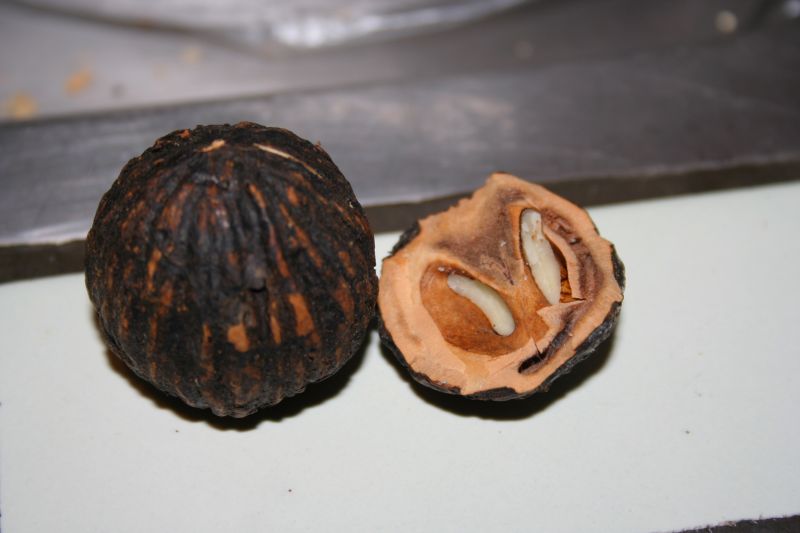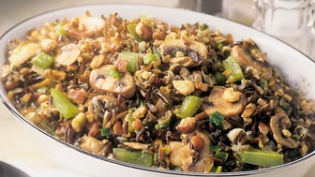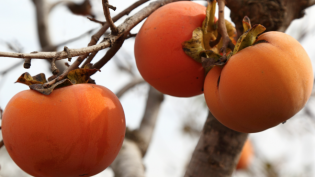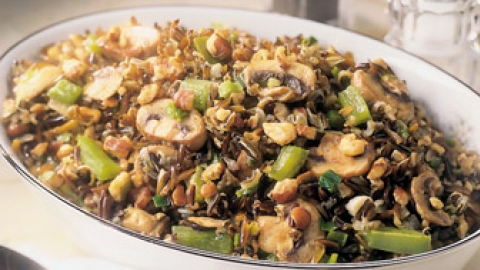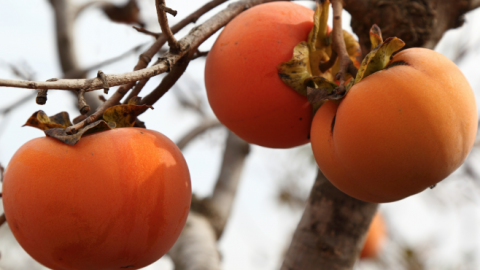Fall Forage: Black Walnuts
Black walnuts are bountiful in the fall. Once a tree starts dropping its black walnuts it will be easy to spot because the nuts are surrounded by a spherical, green husk about two and one half inches in diameter, resembling a tennis ball. You can either gather the nuts directly from the tree, or you can wait until they drop. But if you wait beware – they’re in high demand from the squirrel population. A typical Black Walnut tree produces dozens if not hundreds of nuts, which won’t all ripen and fall off the tree at the same time, so you can typically return to a tree to gather its nuts multiple times.
It’s important to note that black walnuts are very different than the typical walnut available in most supermarkets. When talking about walnuts, most consumers think of the English walnut. English walnuts are fairly mild and are easily used in dishes requiring a subtle nutty taste. On the other hand, black walnuts have a very bold and earthy. They work best in recipes without competing flavors. You can also easily add them to salad, cereal, brownie mix, or sprinkled on ice cream or yogurt.
Black walnuts are great for heart health. According to Environmental Nutrition, black walnuts are a unique member of the tree nut family in that they are a source of Omega 3 and Omega 6 essential fatty acids, and they are linked to important health benefits like lowering cholesterol, regulating heartbeat, and reducing inflammation.


